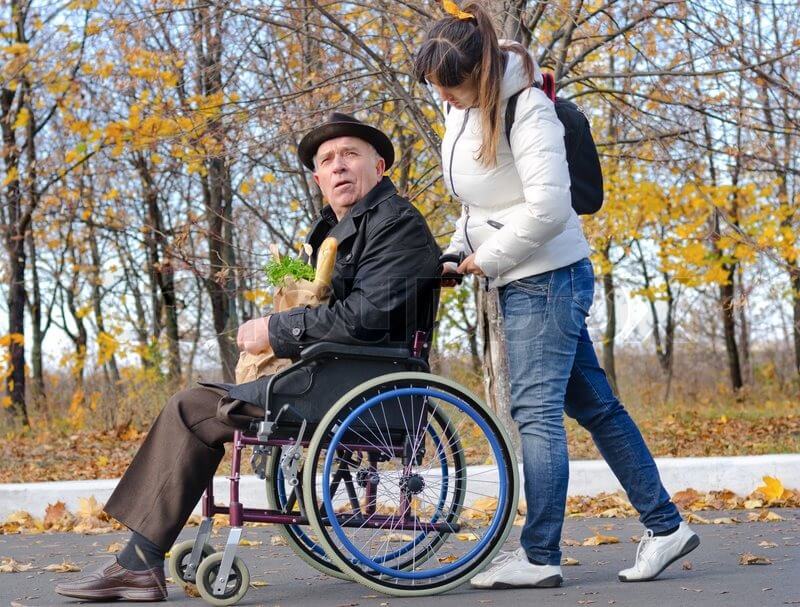
The Best Exercises for People With Parkinson’s Disease

Physical exercise can have transformative benefits for those dealing with Parkinson’s disease, helping them manage their symptoms and improve overall vitality. From targeted aerobic activities to strength training and balance-enhancing workouts, we offer a range of strategies to enhance your quality of life. Take a look at more below.
What is Parkinson’s disease?
Parkinson’s disease is a neurodegenerative disorder that affects the central nervous system. It can cause tremors, stiffness, slowness of movement, and balance problems.
Parkinson’s disease is a chronic and progressive condition that develops when certain nerve cells (neurons) in the brain, particularly those in the substantia nigra region, become damaged or die. These neurons are responsible for producing a neurotransmitter called dopamine, which plays a crucial role in coordinating smooth and balanced muscle movements.
What are the benefits of exercise for people with Parkinson’s disease?
Exercise is an important part of managing Parkinson’s disease, as it can help to improve symptoms, slow the progression of the disease, and improve quality of life.
In fact, exercise serves as a powerful tool to improve motor function, enhancing flexibility, and refining balance and coordination, ultimately aiding in daily movement challenges. Not only this, but it reduces the risk of falls and helps alleviate the emotional toll of depression and anxiety often associated with the condition.
Physical activity also promotes cardiovascular health and general wellbeing, contributing to an improved quality of life. But perhaps most promising, research suggests that exercise may offer neuroprotective effects, potentially slowing the progression of the disease.
It’s a path to retaining independence, vitality, and hope, with activities ranging from aerobic workouts to strength training, balance exercises, and even the joy of dancing or yoga.
What are the best exercises for people with Parkinson’s disease to try?
There are many different types of exercises that are beneficial for people with Parkinson’s disease. Wherever possible it is wise to seek the guidance and support of a physiotherapist preferably who specialises in this condition.
The best exercises for you will depend on your individual symptoms and abilities. However, some of the best exercises for people with Parkinson’s disease include:
- Aerobic exercise: Aerobic exercise, such as brisk walking, swimming, or biking, can help to improve cardiovascular health, reduce fatigue, and improve mood.
- Strength training: Strength training, such as lifting weights or using resistance bands, can help to improve muscle strength, balance, and coordination.
- Flexibility exercises: Flexibility exercises, such as yoga or stretching, can help to improve range of motion and reduce stiffness.
- Balance exercises: Balance exercises, such as tai chi or standing on one leg, can help to improve balance and reduce the risk of falls.
Here are some specific exercises that can be beneficial for people with Parkinson’s disease:
- Walking: Walking is a great way to improve cardiovascular health, reduce fatigue, and improve mood. It is also a low-impact exercise, which means that it is easy on your joints.
- Swimming: Swimming is another low-impact exercise that is beneficial for people with Parkinson’s disease. It can help to improve muscle strength, flexibility, and balance.
- Cycling: Cycling is a great way to get aerobic exercise and improve cardiovascular health. It is also a low-impact exercise that is easy on your joints.
- Tai chi: Tai chi is a gentle form of exercise that can help to improve balance, coordination, and flexibility. It can also help to reduce stress and anxiety.
- Yoga: Yoga is another gentle form of exercise that can help to improve flexibility, balance, and coordination. It can also help to reduce stress and anxiety.
Tips for exercising safely
It is important to start slowly with exercise and to gradually increase the intensity and duration of your workouts over time. It is also important to listen to your body and to rest when you need to.
Here are some tips for exercising safely with Parkinson’s disease:
- Warm up before exercising and cool down afterwards.
- Exercise on a level surface.
- Wear comfortable clothing and supportive shoes.
- Use a spotter if needed.
- Take breaks when needed.
- Stay hydrated.
- Listen to your body and rest when you need to.
If you have any questions or concerns about exercising with Parkinson’s disease, be sure to talk to your doctor or Parkinson’s Specialist. They can help you to develop a safe and effective exercise plan.
When should someone with Parkinson’s start exercising?
Exercise should ideally begin as soon as someone is diagnosed with Parkinson’s disease. In fact, research has shown that early intervention can help maintain physical function and potentially slow the progression of the condition. Engaging in a regular exercise routine can also improve flexibility, balance, and motor skills, mitigating the impact of symptoms.
However, it’s essential to consult with a healthcare professional or a physiotherapist to create a personalised exercise plan, considering the individual’s specific needs and limitations.
Exercise is a valuable component of Parkinson’s management, and the earlier it’s incorporated, the better the potential outcomes in terms of mobility and quality of life.
Contact Ashridge Home Care today to discover how our specialised care services can enhance the quality of life for individuals living with Parkinson’s disease. Our experienced team offers tailored support, including exercise programmes, medication management and compassionate assistance to help you or your loved one thrive.
